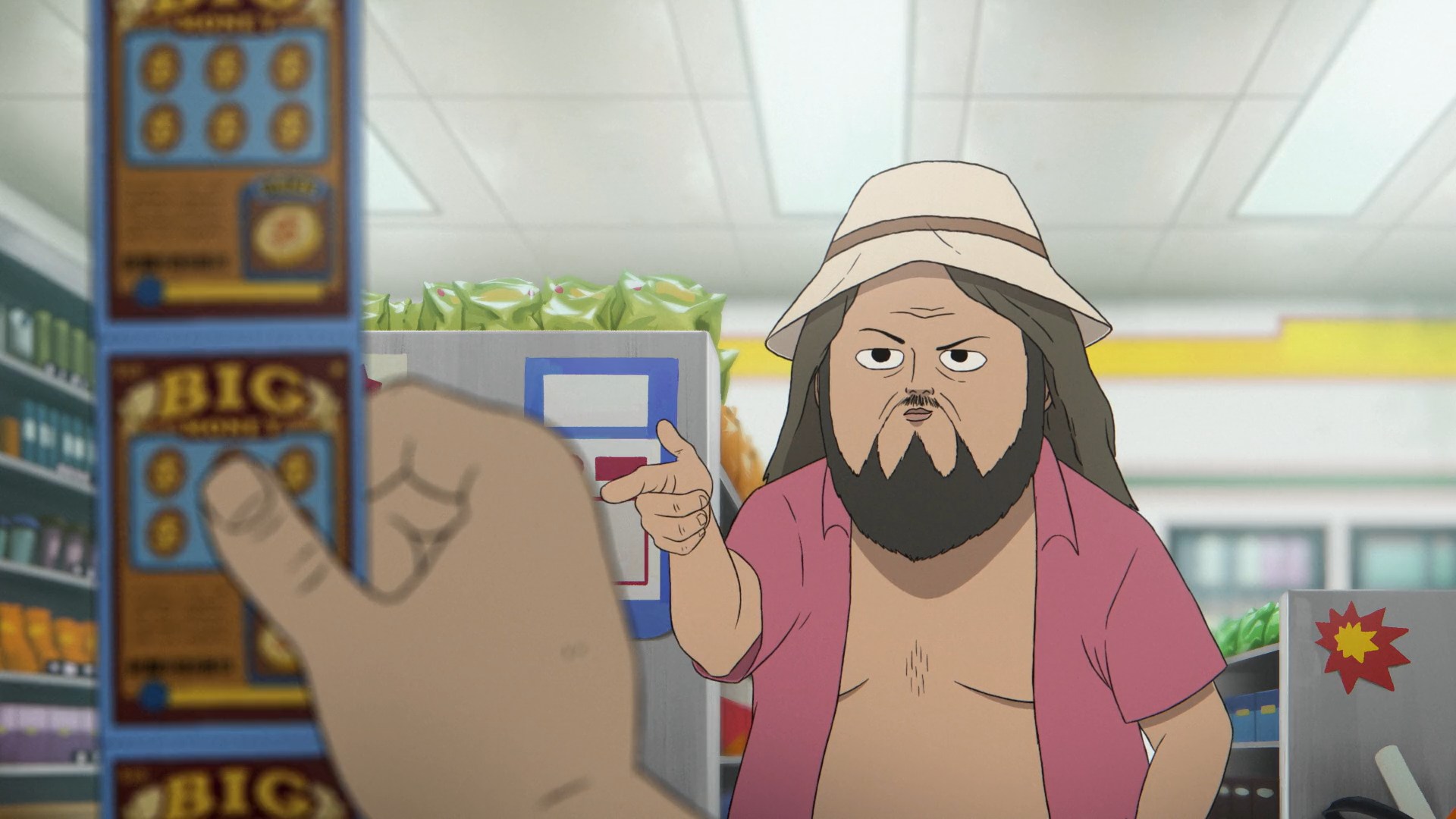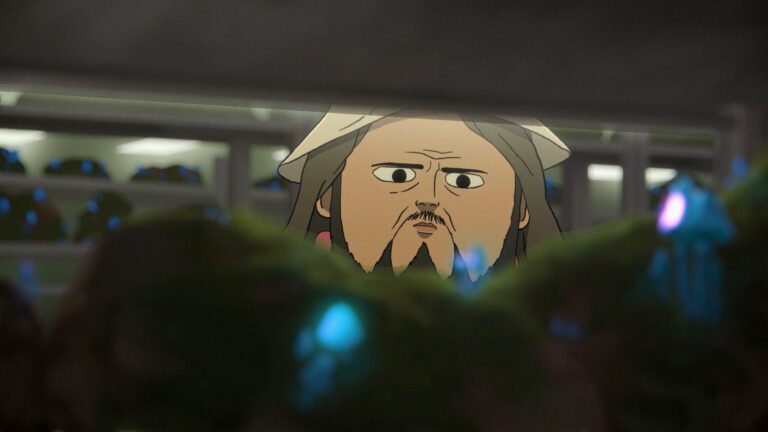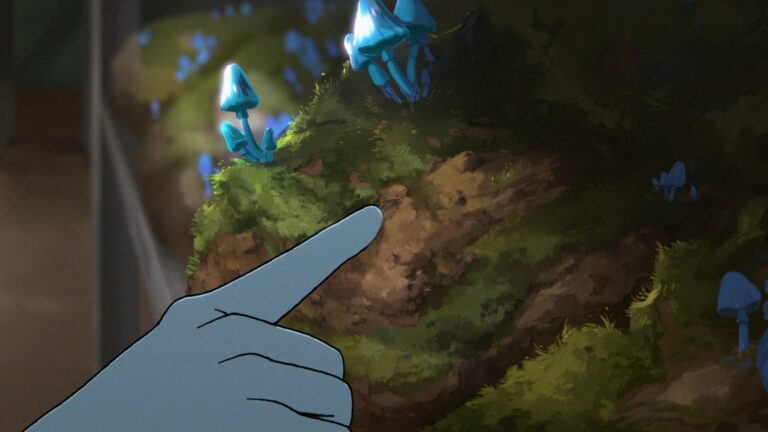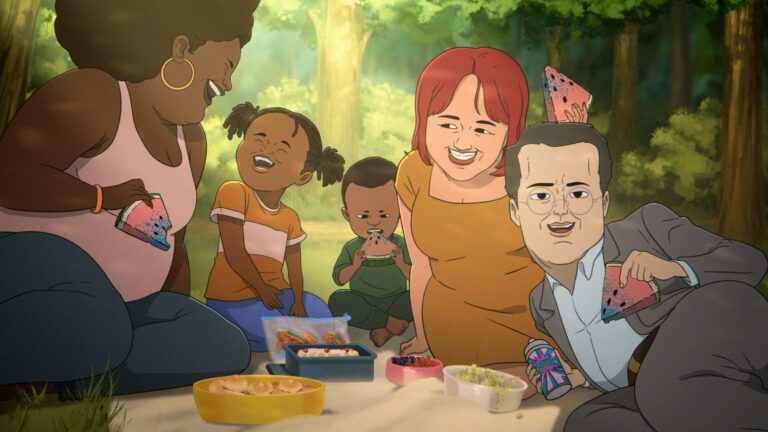For anyone riding the wild waves of Common Side Effects (CSE), there’s one name you need to know behind the brilliant chaos: Tony Christopherson. He’s the editing wizard who cut Season 1 together with absolute precision — and just a dash of wild energy. While the cast and writers keep us laughing and gasping, it’s Tony and his editing scissors who actually control the pace of our heartbeats.
Let’s zoom in on Tony’s strategy for balancing all that frantic action, pinpoint comedy, and the ever-spinning CSE story, and see how his choices shape each episode into the addictive mind-bender we love.
Turning Story into a Thrill Ride: Christopherson’s Pacing Choices
Tony Christopherson doesn’t just trim footage. He’s a pacing maestro. The man orchestrates energy like a DJ, cutting from frantic action to sudden silence, letting moments punch you or breathe. The heart of CSE is its brisk, relentless movement — it never lets you zone out, but it rarely feels rushed. How does Tony pull off this magic? By switching gears with intention.
For instance, check out the infamous bike chase from Episode 4, “Dumpsite.” One moment, Marshall’s racing through woods, chased by angry shadowy figures. The next, there’s this barely-there pause while he ducks under a branch. Bam — Tony cuts to a new angle, amping up the confusion and the urgency. You’re dragged along for the ride, panicking with Marshall instead of just watching him from a safe, tidy distance. It’s fast, cutty, and disorienting — in all the right ways. This is Tony channeling Bourne-style chaos straight into the CSE cartoon universe (commonsideeffects.tv).
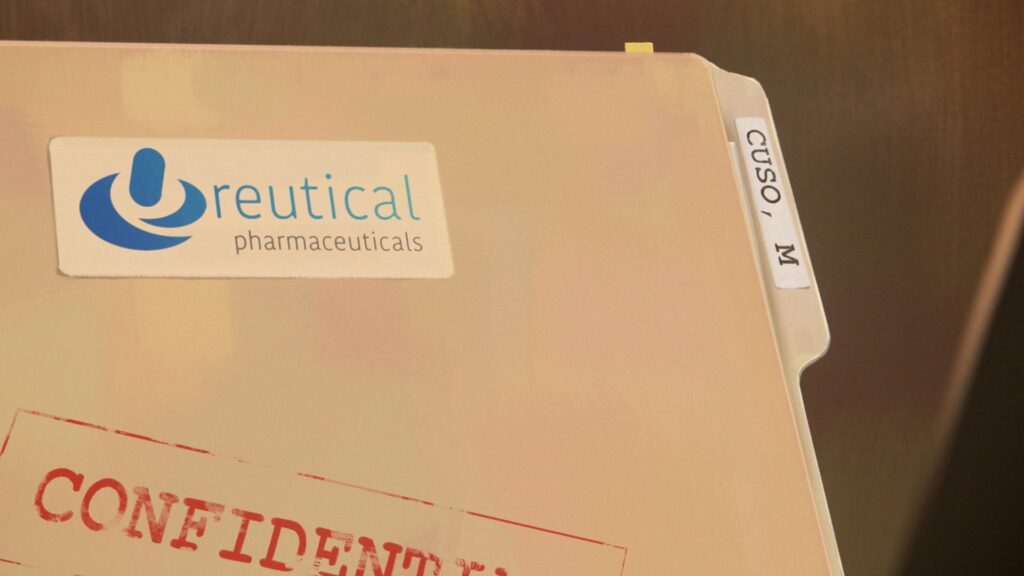
Perfecting Comedy: When Cutting’s as Precise as Standup Timing
But Tony isn’t just the king of adrenaline. He’s got a gift for spotting those microseconds when a joke will really hit. Comedy may sound simple, but watch CSE carefully and you’ll notice Tony’s edits are sneaky and swift. He holds a reaction beat just long enough, then slices away so the laugh doesn’t fizzle.
A killer example? When the DEA dynamic duo, Copano and Harrington, make their footloose debut. They kick off with a clumsy, unforgettable dance to “Jump In The Line.” The cuts are perfectly spaced; just as the audience starts to get comfortable, Tony snaps to a wider shot or a new goofy move, making everything fresh and just awkward enough to land. Dialogue barely matters — the cuts themselves do the heavy lifting (comicbook.com). The energy stays alive.
You can count on:
- Reaction shots that land fast and clean
- Quick stylistic shifts between the main cast and supporting weirdoes
- Never letting a visual punchline overstay its welcome
Tony basically tightens every joke with the digital equivalent of a whoopee cushion and an axe — never subtle, always effective.
Drama with Breathing Space: When Silence Screams
CSE bounces between wild hijinks and gut-punch drama. Let’s be honest, the series tosses us between laughter and anxiety like a lunatic juggler. Tony makes it work. His style during the higher-stakes episodes is a subtle weapon. Take “In the System,” Episode 6. Marshall sits in jail, the air heavy with dread. Tony lets these takes linger, almost uncomfortable in their length, drawing out the audience’s own tension. And then, suddenly, the pace spikes as we lurch into another comic bit at the hands of our favorite lawmen.
It’s this elasticity — snapping from manic energy to disarmingly slow burn — that gives the show its personality. The tension never explodes all at once. Tony nudges it up, lets it marinate, then gives us a breath. It isn’t just about flashy editing, but about rhythm — like storytelling with a built-in metronome. And it works way better than you’d think for an adult cartoon (commonsideeffects.tv).
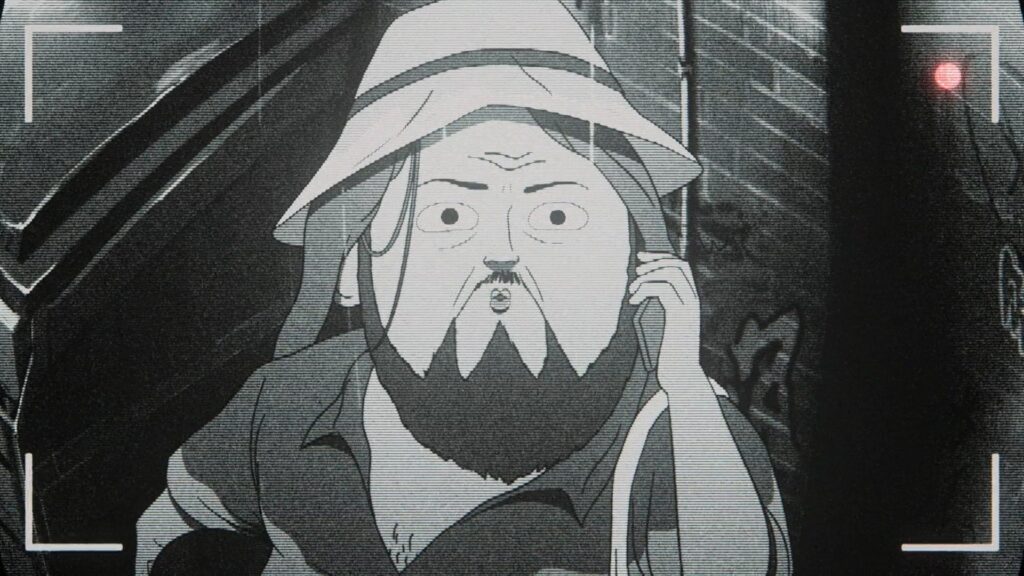
Seeing is Believing: Visual Storytelling Over Words
What’s truly impressive is how Tony often ditches dialogue for pure, trippy visuals. Nowhere is that clearer than in Episode 3, “Hildy.” Marshall and his mushroom mentor set off on a psychedelic tangent, and Tony turns it into a surrealist masterpiece. After Hildy literally shoots herself to get high off Blue Angel spores, the edit turns bonkers — fractured colors, rapid-fire cuts between hallucination and reality, and a rhythm all its own. You don’t need anyone to say, “I’m tripping out.” You just know (commonsideeffects.tv).
So, what’s Tony doing here?
- Using jump-cuts for confusion and excitement
- Transitioning color palettes for mood swings
- Rapid cross-cuts to push that psychedelic sense
It’s eye-popping stuff, and the editing tells the whole story.
All About Flow: Keeping Multiple Plates Spinning
No episode of CSE ever feels like it’s wandering. That’s Tony again, lining up scenes so the flow never trips. This matters big time in episodes with intersecting storylines. Think of Episode 10, “Raid.” The DEA storms a mushroom compound, chaos everywhere, yet the episode also tracks Marshall’s emotional rollercoaster and Hildy’s mad science side quest.
Tony effortlessly shuffles us between the wild raid and quieter, character moments. How? By cutting just as a thread tightens, then darting over to see what wildness another character is cooking up. The effect is like riding a rollercoaster — but every time you catch your breath, the track swerves. The tension stays high, the confusion is intentional, and the story clicks into place by the end (commonsideeffects.tv).
Sound, Music, and the Cutting Edge
Editing isn’t just about what we see; it’s about what we hear too. Tony knows it. His partnership with composer Nicolas Snyder is downright symphonic. Fast musical beats punch up chase scenes, while woozy, spaced-out melodies match those mind-bending moments. Tony uses these cues to guide each scene — amplifying excitement with electronic stings or making us feel every emotional drop with orchestrated swells (moviemaze.net).
For example:
- Action gets the heart-thumping soundtrack, syncing with rapid editing for double the adrenaline.
- Quiet moments pull back, letting both editing and music give us room to absorb the aftershocks.
Sound and visuals aren’t just neighbors; they’re in a full-on dance-off, led by Tony’s cut-by-cut coordination.
Collaboration is Key to the Madness
No editor creates perfection in isolation. Tony’s work shines because he bounces off the series’ directors, especially Vincent Tsui, who storyboarded and directed the visual tornado that is “Hildy.” Tsui’s wild boards gave Tony raw material for both chaotic montage and eerie slow-drip. The magic comes from their teamwork. Tony takes storyboards, cracks them open, and strips scenes to their strongest hearts, cranking tension or dialing up the weirdness exactly when it counts (commonsideeffects.tv).
So the editing table isn’t a lonely spot. It’s more like the control panel of a spaceship — constant comms, constant back-and-forth, all for the perfect narrative launch.
A Lasting Print in the Hallucination
Honestly, without Tony Christopherson, Common Side Effects wouldn’t pulse with the same off-the-wall liveliness. He shapes the pace, lands gags, and keeps tension wound like an overtuned guitar string. Whether we’re howling with laughter, cringing in suspense, or blinking at swirling hallucinations, that’s Tony guiding us. Every wild cut feels handpicked. Every quiet second is intentional.
And just when you think you’ve figured out his rhythm, Tony grabs the dials and flips the script again. Episode after episode, minute by minute, he’s the invisible hand making the bizarre, brilliant journey possible — proof that the best editor is equal parts watchmaker and chaos agent.
Let’s be real, folks. If you made it through CSE’s first season without losing your mind, you should send Tony a thank-you card. He made sure every frame counts — and that nothing ever stays boring for long.

